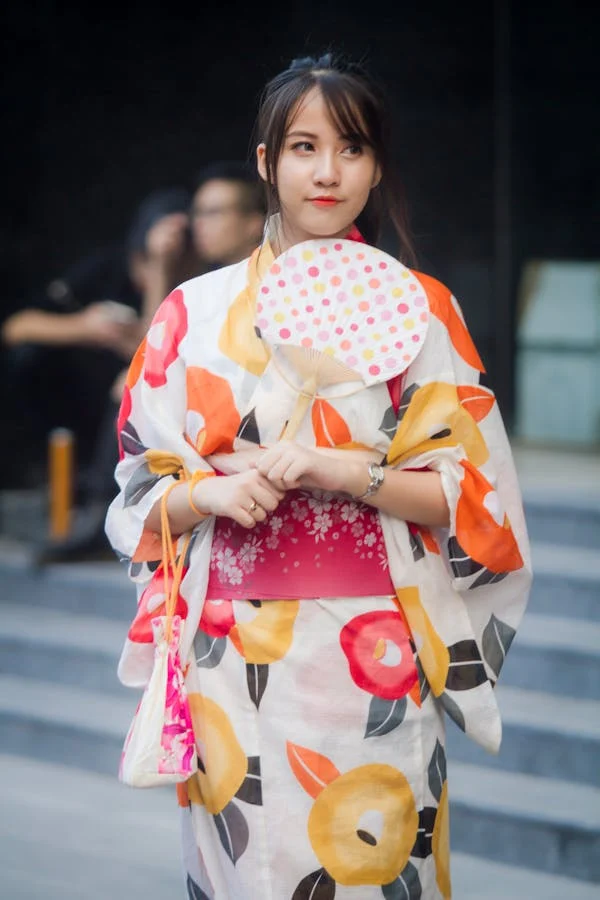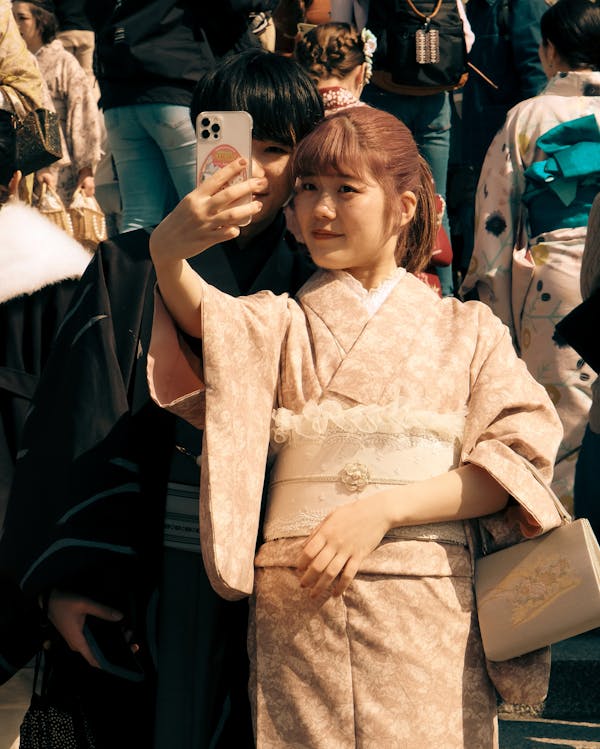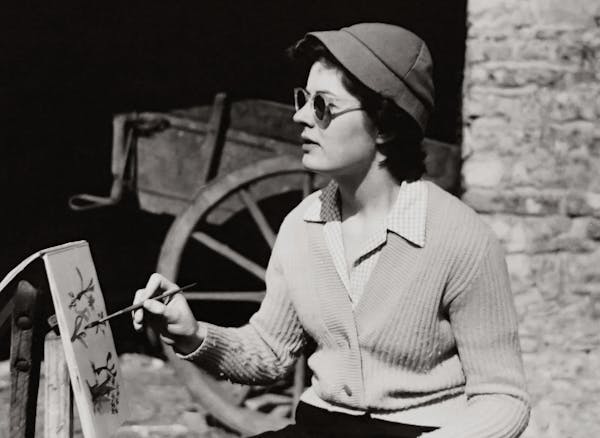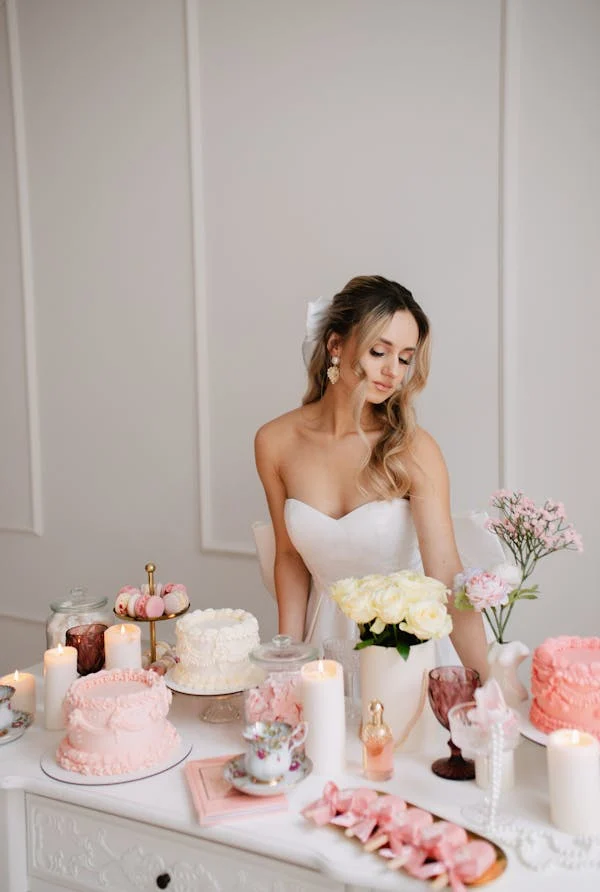
Best Women’s Fashion in Japan Top 10 New Brand 2024
 Abdur Rahim
Abdur Rahim- 0
- 100

Women’s Fashion in Japan Japan is renowned for its unique and vibrant fashion scene, which has a rich cultural history intertwined with modern influences. Women’s fashion in Japan stands out as an eclectic mix of tradition, innovation, and creativity. From the kimono’s timeless beauty to Harajuku’s cutting-edge styles, Japan’s fashion culture offers a variety of styles that cater to all tastes. Let’s explore some key fashion trends, styles, and influences in women’s fashion in Japan.
Table of Contents
Toggle1. Kimono: The Essence of Japanese Tradition
The kimono is arguably the most iconic representation of traditional Japanese women’s fashion. Known for its elegance and artistry, it is a long, wide-sleeved robe that wraps around the body and is secured with an obi (a wide belt). While once worn as daily clothing, today, it is primarily reserved for formal occasions such as weddings, tea ceremonies, and festivals.
Modern interpretations of the kimono are also gaining popularity, with designers blending traditional fabrics and patterns with contemporary cuts. This fusion of old and new makes the kimono relevant to today’s fashion-savvy women.
2. Street Fashion: The Eccentric and Vibrant Harajuku Style
Harajuku, a district in Tokyo, is world-famous for its vibrant and quirky street fashion. Its style is synonymous with creativity and boldness and is characterized by a mix of various fashion subcultures.
Women in Harajuku often sport outfits that incorporate elements from Gothic Lolita, Decora, Visual Kei, and Punk styles. The key to Harajuku fashion is layering, bright colors, and accessorizing with unique items. Each outfit tells a story, and the focus is on self-expression rather than adhering to mainstream trends.
3. Lolita Fashion: Sweet, Gothic, and Elegant
Lolita fashion, a subculture within Japanese street fashion, is known for its doll-like appearance and Victorian-era influence. There are several substyles within Lolita fashion, including:
- Sweet Lolita: Characterized by pastel colors, frills, and a youthful, cute aesthetic. Sweet Lolitas often wear dresses with motifs such as candy, animals, and flowers.
- Gothic Lolita: A darker, more mature version of Lolita fashion, Gothic Lolita incorporates black and deep jewel tones, lace, and motifs like crosses and bats.
- Classic Lolita: A more toned-down and elegant version of Lolita, with emphasis on historical elegance and sophistication.
Lolita fashion is all about attention to detail, from lace-trimmed dresses to perfectly coordinated accessories. It’s a way for women to express their individuality while maintaining a sense of elegance and femininity.
4. Minimalism in Fashion: Clean Lines and Neutral Colors

While Japan is known for its bold street styles, there is also a strong trend toward minimalist fashion, especially in urban areas. Japanese minimalism is all about clean lines, neutral colors, and high-quality materials. Brands like Uniqlo and MUJI have popularized this aesthetic, which emphasizes simplicity, functionality, and comfort.
Minimalist fashion is perfect for the working woman who desires elegance without excess. It’s a style that resonates with the Japanese ethos of “less is more,” focusing on timeless pieces that can be worn for years.
5. Kawaii Culture: The Cult of Cuteness
Kawaii (cute) culture is deeply ingrained in Japanese fashion, influencing everything from casual streetwear to formal attire. Kawaii fashion often involves playful and youthful elements, such as oversized sweaters, skirts, and accessories featuring cartoon characters, bows, and pastel colors.
Women embracing kawaii fashion often incorporate bright colors, frilly dresses, and youthful motifs into their wardrobes. It’s a fun and lighthearted style that emphasizes innocence and playfulness, often seen in brands like Liz Lisa and WC.
6. Modern and High-End Fashion: Tokyo Runways
Japan’s influence on global high fashion cannot be overlooked. Tokyo is one of the leading cities in the world for fashion innovation, and designers such as Issey Miyake, Yohji Yamamoto, and Rei Kawakubo of Comme des Garçons have made significant contributions to the global fashion scene.
High-end Japanese fashion is characterized by avant-garde designs, intricate detailing, and an emphasis on blending traditional Japanese aesthetics with contemporary global fashion trends. Tokyo Fashion Week showcases the latest in Japanese fashion, where designers push the boundaries of creativity and innovation.
7. Layering: A Staple in Japanese Fashion
One of the most distinctive aspects of women’s fashion in Japan is the art of layering. Whether it’s mixing and matching fabrics, textures, or patterns, layering is a key element that adds depth and dimension to an outfit.
Layering allows for versatility, as outfits can be adjusted based on the weather or occasion. It’s common to see women in Tokyo wearing a combination of dresses, skirts, cardigans, scarves, and outerwear, creating a look that is both stylish and functional.
8. Traditional and Modern Fusion: Yukata and Streetwear
During summer festivals, many women in Japan wear yukata, a more casual version of the kimono made from lightweight cotton. While traditionally worn for cultural events, the yukata has also found its way into everyday fashion. Some designers are blending elements of the yukata with modern streetwear, creating unique outfits that combine the beauty of traditional garments with contemporary aesthetics.
This fusion of the old and new represents the essence of modern Japanese fashion—deeply rooted in tradition but unafraid to innovate and evolve.
9. Influence of Technology on Fashion: Techwear
Japan, a global leader in technology, has influenced fashion with the rise of tech wear. Techwear is a futuristic, functional style that incorporates high-tech fabrics and designs focused on utility. Often seen in urban areas like Shibuya, tech wear is a popular choice for the fashion-forward woman who values both form and function.
High-tech materials that are waterproof, durable, and breathable are key components of techwear, making it a practical choice for Japan’s bustling urban life. Designers like Acronym have pioneered this trend, blending futuristic aesthetics with comfort and utility.
10. Seasonal Fashion Trends: Adapting to the Environment

Japan has four distinct seasons, and the fashion reflects this. In spring, floral patterns and light fabrics are popular, while summer fashion focuses on breathable materials like linen and cotton. Fall brings a focus on layering, with cozy knits, scarves, and earthy tones. Winter fashion in Japan is all about warmth and style, with puffer jackets, coats, and boots dominating the streets.
The changing seasons allow for constant innovation and new trends, with designers frequently introducing seasonal collections that capture the essence of each time of year.
11. Sustainability in Japanese Fashion
As sustainability becomes a global concern, many Japanese fashion brands are adopting eco-friendly practices. Brands like Studio Ghibli’s clothing line and Motherhouse are leading the charge by using sustainable materials, ethical production methods, and supporting local artisans.
This trend reflects a growing awareness among Japanese consumers, especially women, who are looking for fashion that is not only stylish but also environmentally responsible.
Conclusion
Women’s fashion in Japan is a dynamic blend of the old and the new, the traditional and the innovative. Whether it’s the timeless beauty of the kimono, the eccentric vibrancy of Harajuku street fashion, or the elegance of minimalist style, Japan offers something for every woman. The country’s fashion scene is characterized by its ability to blend tradition with modernity, creating a unique and influential fashion culture that continues to inspire the world.
Whether you’re looking for elegance, edginess, or sustainability, Japan’s women’s fashion has it all.
4o

Assalamu Alaikum.. I am Abdur Rahim I have been working in fashion for a long time I am in US and UK and I write about this topic in many places. I have been working and working on this topic for a long time And I am a blogger I have been blogging about fashion for a long time in different places.



